

These Are the Best Cameras for Nature Photography
Summary
Reflection Questions
Journal Prompt
Capturing the beauty and intricacies of the natural world is an art form, and choosing the right camera is a consequential decision for any photographer. Whether you’re pursuing the elusive creatures of wildlife, the sweeping vistas of landscapes, or the tiny wonders of macro subjects, selecting the perfect camera can make all the difference in the quality and impact of your shots. In this comprehensive guide, we will explore the key factors to consider when choosing a camera for different facets of nature photography, from the lightning-fast world of wildlife to the serene landscapes and the intricate macro details that often go unnoticed. We hope that this guide will help you capture the awe-inspiring beauty of the natural world with precision and creativity. Whether amateurs or professional wildlife photographers, read on to learn more!
Key Features of the Best Cameras for Outdoor Photography


A great nature photography camera, regardless of the specific subgenre, possesses several essential qualities that enable photographers to capture the natural world’s splendor effectively. First and foremost, exceptional image quality is paramount, with a high-resolution sensor and impressive dynamic range to reproduce intricate details and handle challenging lighting conditions.
Versatility is key, allowing photographers to adapt to a variety of situations, whether it’s fast-action wildlife, sweeping landscapes, or tiny macro subjects. A robust autofocus system, often with advanced tracking capabilities, ensures precision when capturing the unpredictable nature of the outdoors. Weather-sealing and durability are vital for withstanding the rigors of outdoor environments, while long battery life and ergonomic design enhance usability during extended shoots.
These traits, combined with compatibility with a diverse range of lenses and accessories, make a great nature photography camera an indispensable tool for capturing the wonders of the natural world.
The Best Cameras for Wildlife Photography
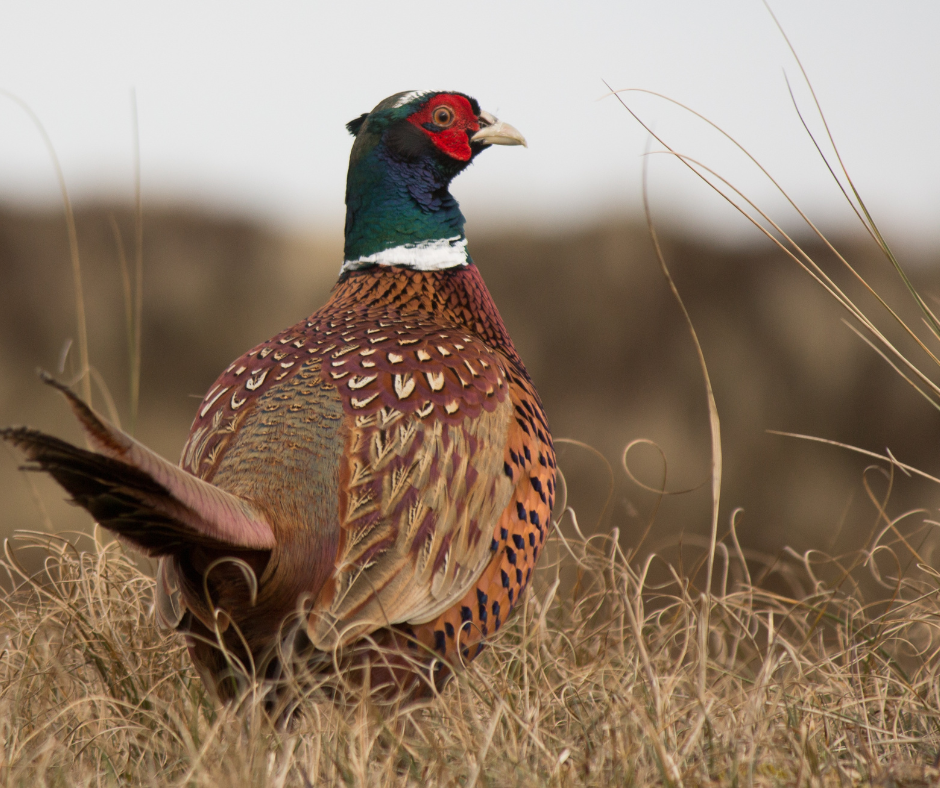

Wildlife photography presents unique challenges due to the unpredictable behavior of animals and the need to capture fast-moving subjects in various environments. Remember that your choice of lenses, teleconverters, and other accessories can have a significant impact on your wildlife photography, so factor these into your decision-making process.
Additionally, it’s essential to practice and develop your skills in wildlife photography to maximize the potential of your camera and gear. When choosing a camera for wildlife photography, below are some of the many factors to consider, along with some of the best camera options for shooting wildlife.
Fast and Accurate Autofocus
Wildlife subjects can be quick and unpredictable, so a camera with a fast and accurate autofocus system is essential. Look for a wildlife camera with advanced autofocus tracking, like phase-detection or hybrid autofocus systems, and a high number of autofocus points for precise subject tracking. This is especially important when shooting distant wildlife.
Cameras with advanced autofocus systems include the Canon EOS-1D X Mark III, Nikon D6, and Sony Alpha A9 II.
Continuous Shooting Speed


The ability to capture a rapid burst of images is crucial for wildlife photography, especially when trying to catch dynamic movements or behaviors. A wildlife photography camera with a high frame per second (fps) rate is desirable.
Some cameras with fast continuous shooting speeds include the Canon EOS-1D X Mark III (20 fps), Nikon D6 (14 fps), and Sony Alpha A9 II (20 fps).
Image Sensor
While full-frame sensors are often preferred for their image quality, APS-C or Micro Four Thirds sensors can also be suitable for wildlife photography due to their crop factor, which effectively extends the reach of your lenses.
Cameras like the Canon EOS 7D Mark II (APS-C) and Fujifilm X-T4 (APS-C) are popular choices for wildlife photographers.
Low-Light Performance
Wildlife photography often requires shooting in low-light conditions, especially during dawn or dusk. Look for wildlife cameras with good low-light performance and low noise at higher ISO settings.
Cameras like the Sony Alpha A7S III and Nikon Z6 are known for their low-light capabilities. They are both excellent for photographing wildlife at night.
Weather Sealing and Durability
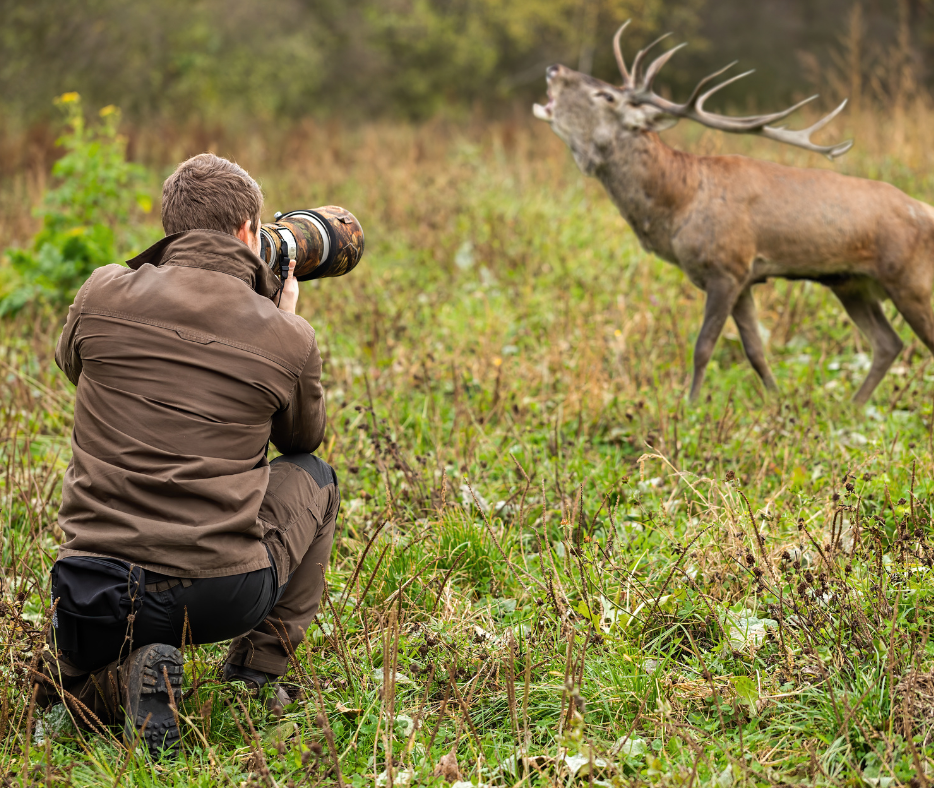

Wildlife photographers may find themselves in challenging environments, so a camera with weather sealing and rugged construction can withstand adverse conditions.
Cameras like the Canon EOS-1D X Mark III and Nikon D6 are built to handle tough conditions and are some of the best wildlife cameras for difficult trips and unpredictable climates.
Lens Compatibility
Consider the availability of telephoto lenses and wildlife-specific lenses for your chosen camera system. A robust lens lineup is vital for getting the reach and versatility needed for wildlife photography.
Brands like Canon, Nikon, and Sony offer extensive lens options for wildlife photography.
Battery Life
A long-lasting battery is essential for extended sports and wildlife photography sessions, so look for cameras with good battery life or the option to use larger battery grips.
The Canon EOS-1D X Mark III and Nikon D6 are known for their impressive battery life.
Size and Weight
Wildlife photographers often travel to remote locations, so a compact and lightweight camera can be advantageous for portability.
Mirrorless cameras like the Sony Alpha A9 II and Fujifilm X-T4 are known for their compact and lightweight designs. Consider a mirrorless camera for wildlife photography that takes you to remote locations around the globe.
Video Capabilities


If you have an interest in capturing wildlife videos, consider a camera with advanced video features, such as 4K video recording, high frame rates, and good video autofocus.
Cameras like the Panasonic Lumix GH5 and Sony Alpha A7S III are favored for their video capabilities.
The Best Cameras for Landscape Photography
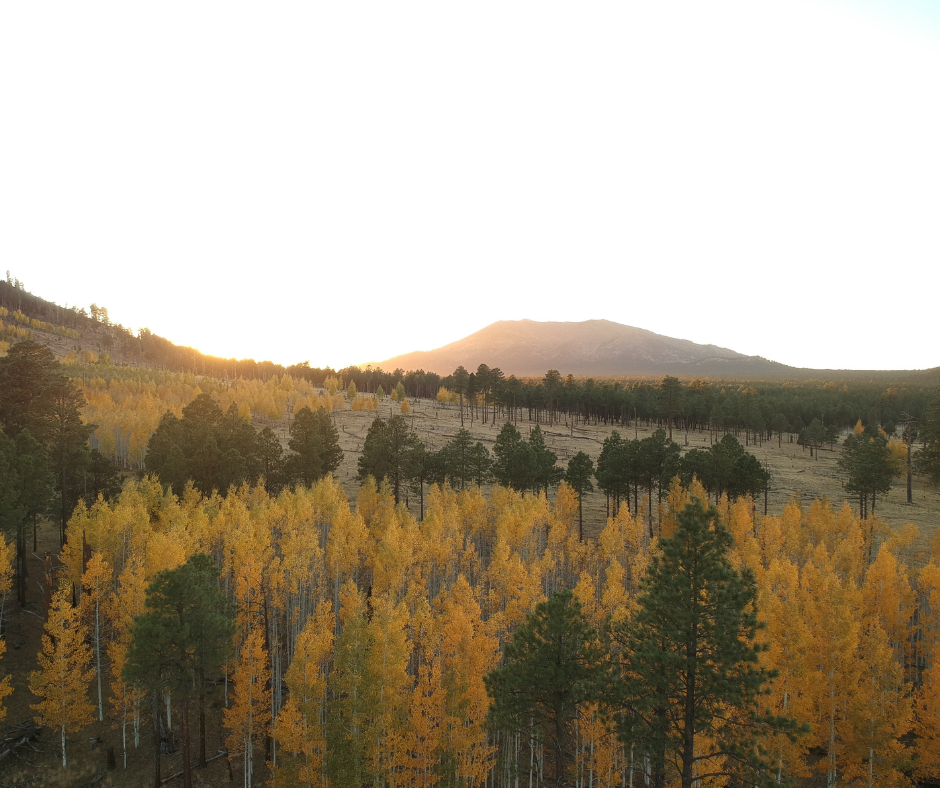

Landscape photography demands cameras that excel in capturing stunning landscapes, intricate details, and a wide dynamic range. Remember that while the camera is essential, mastering the art of composition, lighting, and post-processing are equally crucial for landscape photography.
Ultimately, the best camera for landscape photography will align with your specific preferences, needs, and budget. Consider renting or borrowing different camera models to test them in the field before making a final decision.
When choosing a camera for landscape photography, serious wildlife photographers who specialize in landscapes should consider the following factors along with some of the best camera options available.
Image Sensor and Resolution
A camera with a high-resolution sensor, typically full-frame or medium format, can capture intricate details and provide ample cropping flexibility while maintaining image quality.
Examples include the Sony Alpha A7R IV (61MP), Nikon Z7 (45MP), and Fujifilm GFX 100 (102MP).
Dynamic Range
A camera with excellent dynamic range helps retain details in both shadows and highlights, allowing you to capture scenes with high contrast effectively.
Cameras like the Nikon D850 and Sony Alpha A7R IV are known for their impressive dynamic range.
Lenses and Compatibility
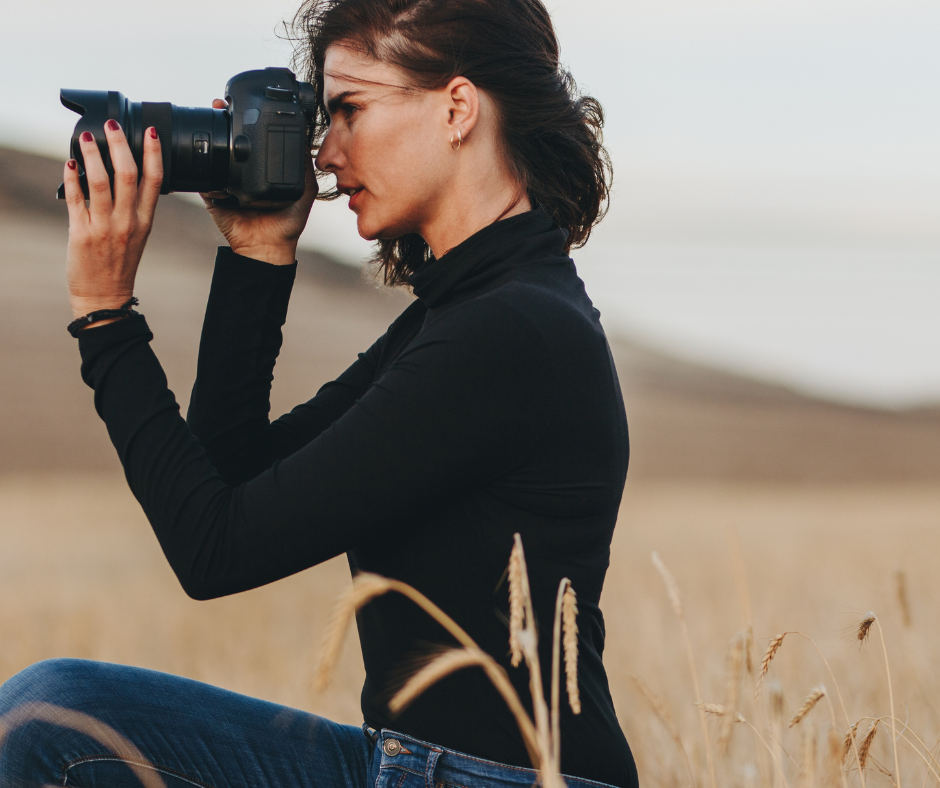

Look for a camera system with a wide range of high-quality lenses suitable for landscape photography, including wide-angle and prime lenses.
Brands like Canon, Nikon, and Sony offer extensive lens lineups for landscape photography.
Weather Sealing and Durability
Landscape photographers often encounter various weather conditions, so a camera with weather sealing and durability is beneficial.
Cameras like the Nikon D850 and Canon EOS 5D Mark IV have robust build quality.
Low-Light Performance
Although landscape photography often takes place in good lighting conditions, having a camera with strong low-light performance can be advantageous for sunrise, sunset, or astrophotography.
Cameras like the Sony Alpha A7S III and Canon EOS 6D Mark II offer good low-light capabilities.
Tilt/Swivel LCD
A tilting or swiveling LCD screen can help compose shots from various angles, especially when shooting from low or high perspectives.
In-Camera Features
Features like in-body image stabilization (IBIS) and multiple exposure modes can be valuable for creative landscape photography.
The Fujifilm GFX 100, for example, offers in-body image stabilization.
Size and Weight
If you plan to hike to remote locations for your landscape shots, leave the full frame camera behind and consider a camera that is compact and lightweight for ease of transportation.
Mirrorless cameras, such as the Sony Alpha A7 series and Fujifilm X-T4, are known for their portability.
Price and Budget
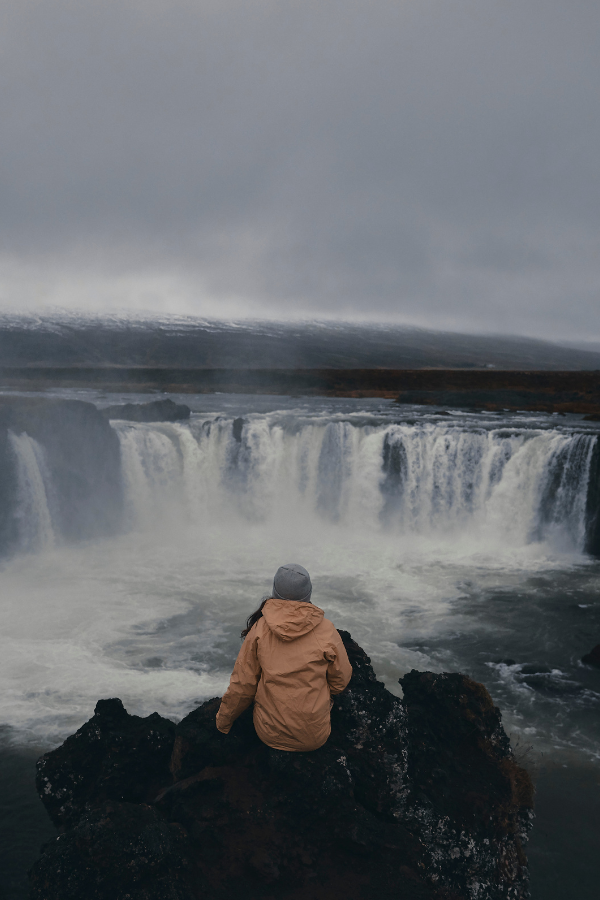

Landscape photography can be as budget-friendly or as high-end as you prefer. Consider your budget and invest in lenses and accessories that suit your needs.
Filter Compatibility
Landscape photographers often use filters such as ND (neutral density) and polarizers to control light and enhance their shots. Ensure your camera system supports filter use.
Resolution and Articulation for Stitching Panoramas
Some landscape photographers create high-resolution panoramas by stitching multiple images together. Cameras with high resolution and an articulating LCD screen can make this process easier.
Long Exposure Capability
If you plan to capture long exposure shots of water, clouds, or other moving elements, consider a camera that offers built-in long exposure features or compatibility with remote triggers.
The Best Cameras for Macro Photography
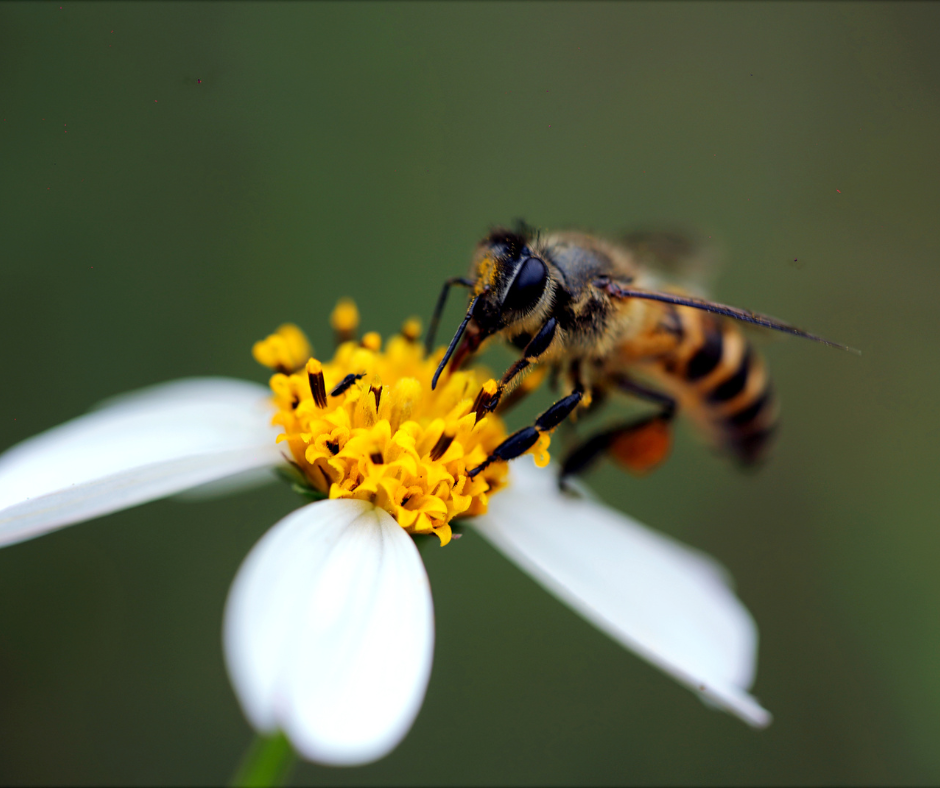

Macro nature photography focuses on capturing extreme close-up details of small subjects like insects, flowers, and textures. When choosing a camera for macro nature photography, you should consider several factors to ensure you get the best results.
Some popular cameras among macro photographers include the Canon EOS 5D Mark IV, Nikon D850, Sony Alpha A7R IV, Fujifilm X-T4, and Olympus OM-D E-M1 Mark III. However, new camera models are continually being released, so be sure to check the latest options and reviews before making a decision.
Ultimately, the best camera for macro nature photography depends on your specific needs, preferences, and the type of macro subjects you plan to shoot. Experimenting with different equipment and techniques is essential to mastering macro photography, so don’t be afraid to explore and find what works best for your style.
For our picks and tips, read on!
Macro Lens Compatibility
The choice of lens is crucial in macro photography. Look for a camera system with a wide selection of macro lenses and the ability to adapt third-party macro lenses if needed.
Brands like Canon, Nikon, and Sony offer excellent macro lens options.
Resolution and Image Quality
A high-resolution sensor allows for capturing fine details in macro subjects. Full-frame and APS-C sensors are commonly used in macro photography.
Cameras like the Nikon D850 (full-frame) and Fujifilm X-T4 (APS-C) offer good resolution and image quality.
Autofocus and Manual Focus Features
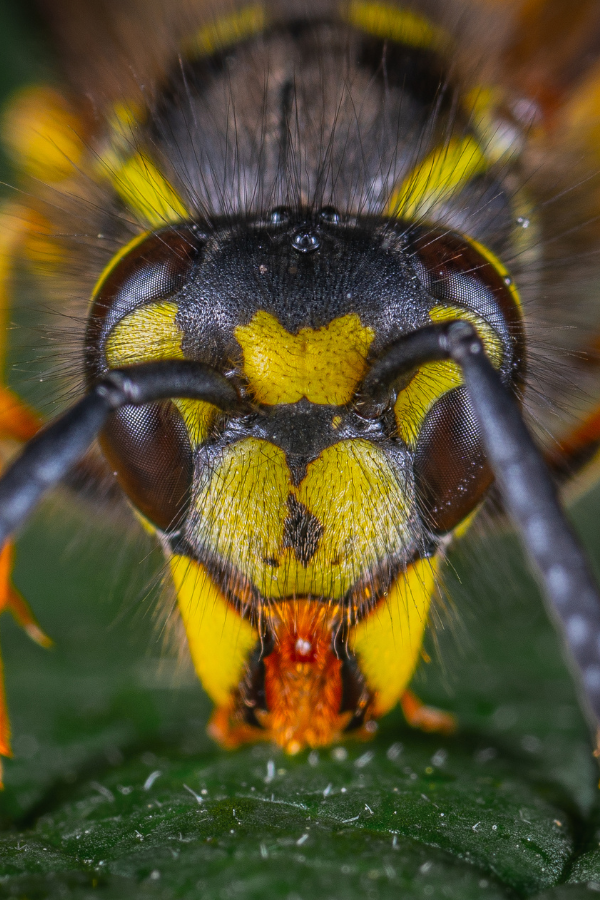

Accurate autofocus with focus peaking or focus stacking capabilities can be beneficial for macro work. Manual focus should also be precise and easy to control.
Cameras like the Sony Alpha A7R IV and Canon EOS 5D Mark IV offer good autofocus and manual focus options.
Image Stabilization
Macro photography often involves shooting at very close distances, where even slight camera shake can be noticeable. Cameras with in-body image stabilization (IBIS) or lens stabilization can help maintain sharpness.
The Sony Alpha A7R IV and Olympus OM-D E-M1 Mark III both feature effective IBIS.
Articulating LCD or Tilt Screen
An articulating or tilting LCD screen is helpful for composing shots from unusual angles and making it easier to shoot subjects at ground level or above eye level.
Live View and Focus Peaking
A camera with a high-quality Live View mode and focus peaking can aid in precise manual focusing when capturing tiny subjects.
Built-In Focus Stacking
Some cameras have built-in focus stacking features that automatically capture a series of images with different focus points and combine them into one fully focused image. This can be a time-saver for macro photographers.
External Flash Compatibility
Many macro photographers use external flash units or ring flashes to control lighting in close-up situations. Check that the camera supports external flash systems.
Size and Weight
Consider the portability of the camera, especially if you plan to carry it along with macro equipment for outdoor photography.
Mirrorless cameras, such as the Sony Alpha A7 series and Fujifilm X-T4, are known for their compact designs.
Price and Budget
Macro photography can be relatively budget-friendly, as you don’t always need the latest high-end camera. Consider your budget and invest in good lenses and accessories.
Crop Factor and Depth of Field Control
APS-C and Micro Four Thirds cameras have a crop factor that can provide greater depth of field control for macro photography. This can be advantageous for achieving a larger area in focus.
High-Quality RAW Files
A camera that produces high-quality RAW files allows for more extensive post-processing and fine-tuning of macro shots.
These Are the Best Nature Photography Cameras Overall
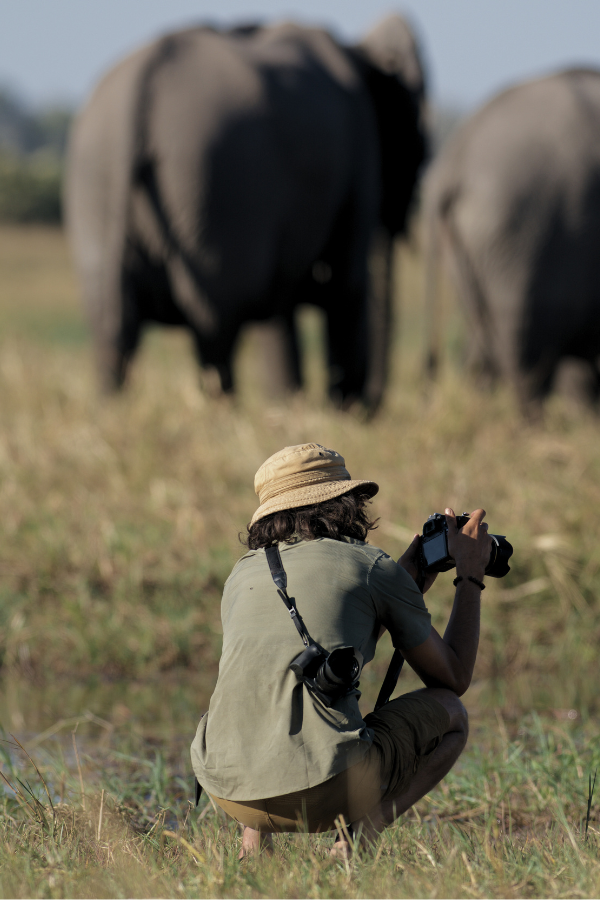

If your professional photography career involves macro, landscape, and wildlife photography, you might want a singular camera that serves all purposes. It’s important to remember that lenses and accessories make a big difference, so consider the available lens ecosystem when making your decision.
Always try out the camera in person, if possible, to see how it feels in your hands and suits your shooting style. Lastly, consider factors like weather sealing, durability, and weight if you plan to venture into challenging outdoor environments.
Cameras by Canon
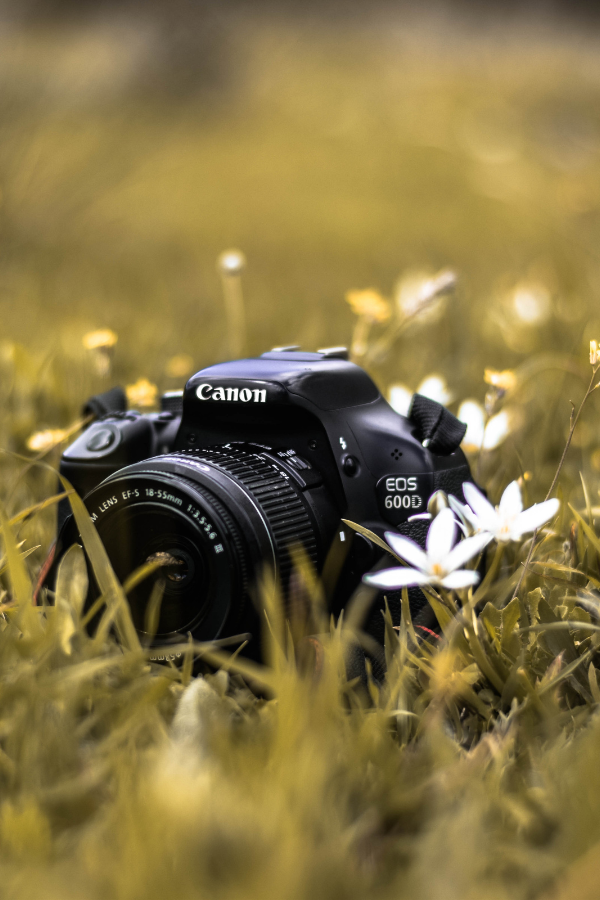

Canon EOS 5D Mark IV: Known for its excellent image quality and robust build, this full-frame DSLR is a favorite among many professional photographers.
Canon EOS 1D X Mark III: A high-performance DSLR with fast burst rates, exceptional low-light capabilities, and rugged durability.
Canon EOS R5: A mirrorless camera with outstanding resolution and 8K video capabilities.
Cameras by Nikon
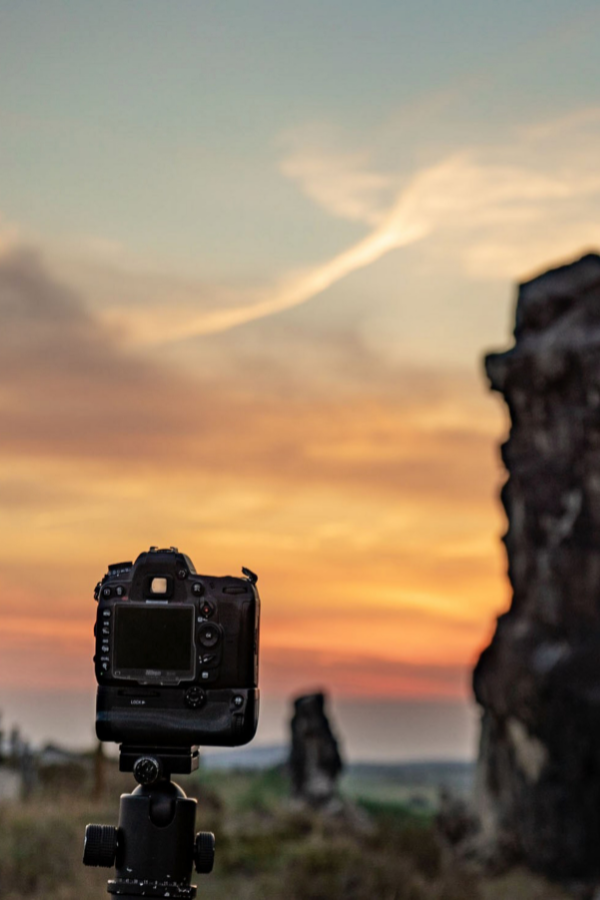

Nikon D850: A full-frame DSLR known for its impressive image quality, high resolution, and excellent dynamic range.
Nikon Z8: A full-frame mirrorless camera with high-resolution capabilities, in-body image stabilization, and a growing selection of Z-mount lenses. This interchangeable lens camera is one of our favorites for wildlife shooters.
Cameras by Sony
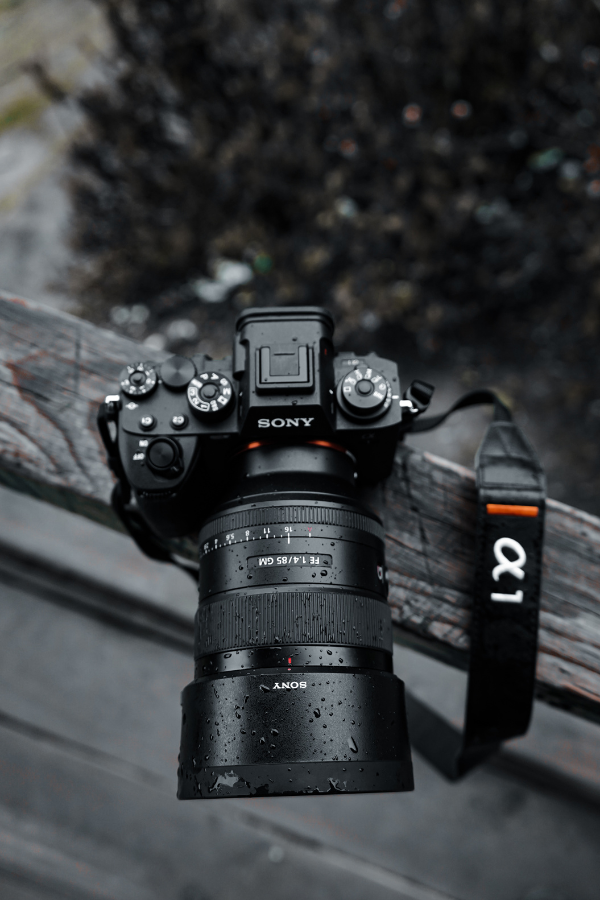

Sony Alpha A7R IV: A full-frame mirrorless camera with a high-resolution sensor, excellent autofocus system, and compact design.
Sony Alpha A9 II: Known for its impressive speed and continuous shooting capabilities, making it suitable for fast-action wildlife photography.
Cameras by Fujifilm
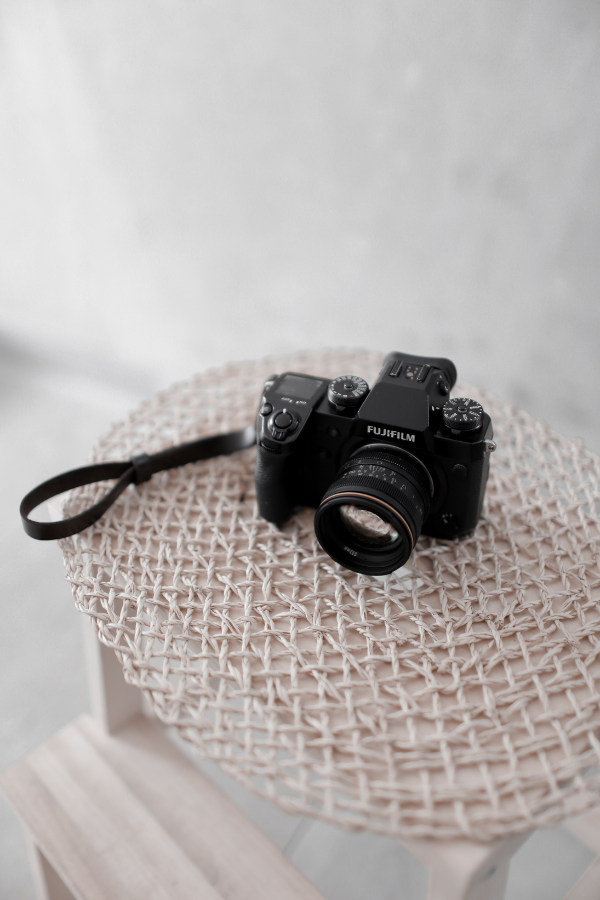

Fujifilm GFX 100: A medium format mirrorless camera known for its exceptional image quality, dynamic range, and detail.
Fujifilm X-T4: A versatile APS-C mirrorless camera with excellent image quality and a wide range of lenses to choose from.
Cameras by Panasonic
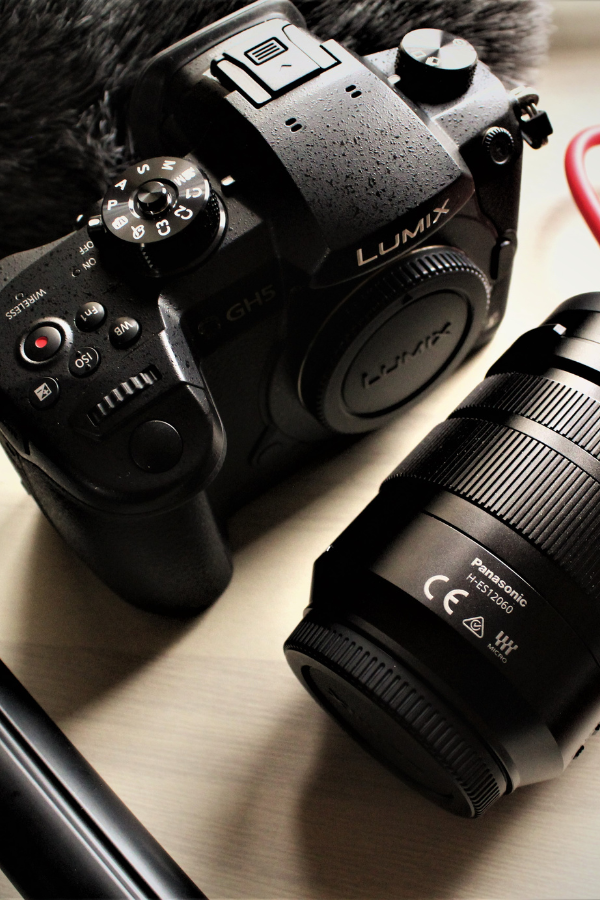

Panasonic Lumix S1R: A full-frame mirrorless camera with high-resolution sensor, robust build, and excellent video capabilities.
Panasonic Lumix GH5: A Micro Four Thirds mirrorless camera favored by videographers for its 4K video features and impressive stabilization.
Cameras by Pentax
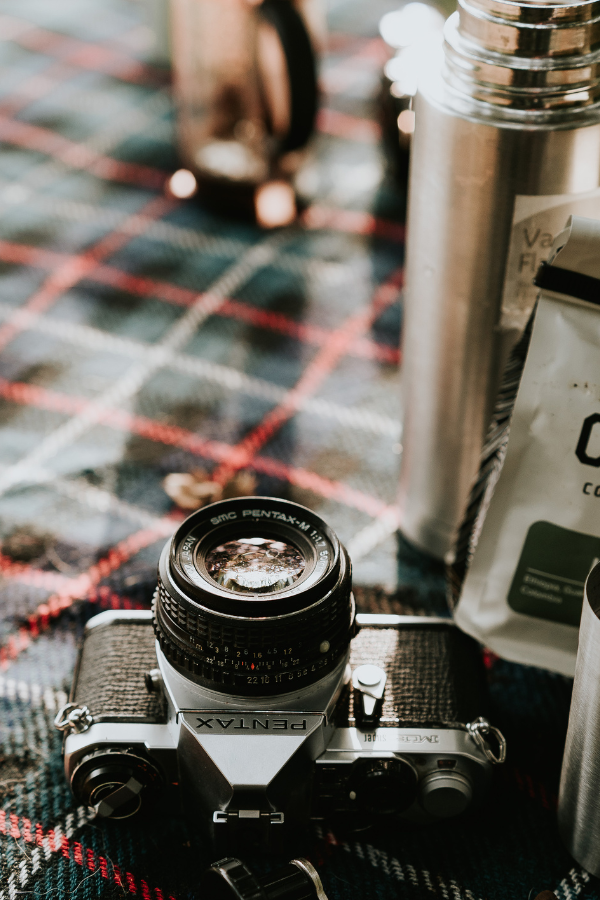

Pentax K-1 Mark II: Known for its rugged weather-sealed design, high-resolution sensor, and unique features like AstroTracer for astrophotography.
Final Thoughts on Selecting the Right Camera for Nature Photography
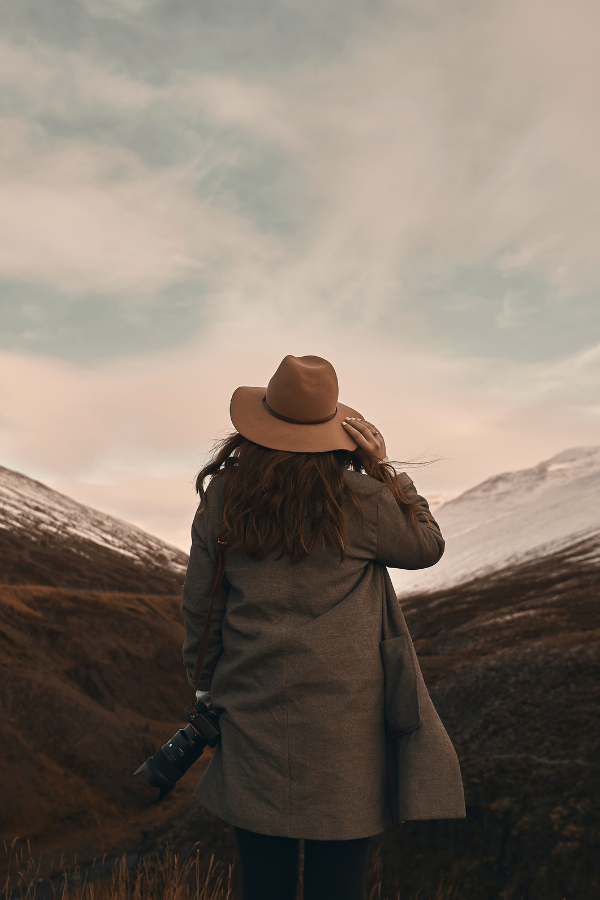

In closing, a great nature photography camera should embody a harmonious blend of exceptional image quality, versatility, reliable autofocus, durability, and compatibility. With the right camera in hand, photographers can capture the splendor of wildlife, the grandeur of landscapes, and the hidden marvels of the macro world. The power to freeze a fleeting moment or reveal the tiniest details is at your fingertips, enabling you to share the wonders of the natural world with others.
We invite you to share your own nature photography adventures and insights in the comments below, so we can continue to develop a community of passionate individuals who appreciate and celebrate the beauty of our planet through their lenses. Your experiences and tips can inspire and enrich the collective knowledge of nature photographers, ensuring that the wonders of the outdoors continue to be preserved and cherished for generations to come.








